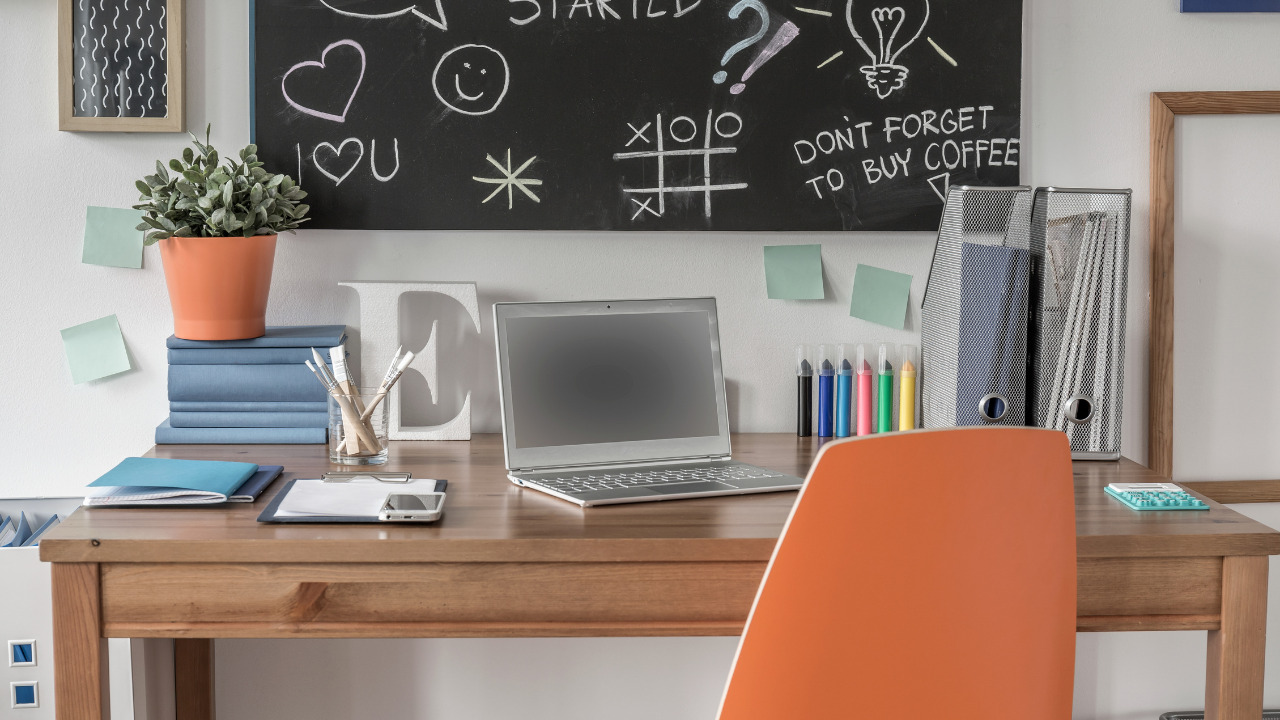Hello there, scholars! When it’s time to study, do you have trouble focusing? Do you feel uneasy or restless after sitting at your desk for a prolonged period of time? It’s time to design the ideal study area! Your productivity and comfort might significantly increase if you have a dedicated space for learning.
In this post, we’ll provide you with pointers and advice on how to set up the optimal study environment. We can help you with everything from creating a functional workplace to customizing your workstation. You may increase your productivity, sharpen your attention, and eventually succeed academically by using the advice in this article!
Table of Contents
Designing a Productive Space
To concentrate and succeed academically, you need productive study space. When designing your study space, choose a quiet, well-lit spot. This may require you to find a quiet corner of the library, set off a study place in your home, or buy noise-canceling headphones.
Keeping your study place tidy may reduce stress and distraction. If you are feeling overwhelmed and do not have enough time to design your study area and complete your college essays, you should seriously consider utilizing a reputable StudyClerk essay writing service with professional writers.
This can assist to ease some of the stress and anxiety that is associated with academic work, enabling you to concentrate on developing your ideal study environment and accomplishing your academic objectives.
Creating a Comfortable Environment
It is as vital to establish a study room that is pleasant as it is to design one that will maximize productivity. When you are at ease, you are more likely to be able to maintain your concentration and interest in the job at hand.
Adding a few personal touches, such as a favorite plant or a motivational poster, can help make your study space cozier. Some of the ways you can do this include making an investment in a chair that is comfortable, adjusting the lighting so that there is less strain on the eyes, and adding a few of your own touches.
In order to avoid discomfort and the straining of muscles, it is essential to take rests at regular intervals and to stretch. If you are shivering, you might want to think about getting a warm blanket or using a space heater to keep you toasty.
You will be able to keep your concentration on the academic goals you have set for yourself if you take the time to develop a study environment.
Personalizing Your Space
Putting your own stamp on your study space is another important step. If you surround yourself with things that excite you, you are more likely to be able to stay focused.
You might want to add some personal touches to your workspace. Keeping track of your resources can also be done by buying colorful stationery, pens, or a desk organizer.
Personalizing your study room also makes you more interested in your work. Spending time in a location you consider yours makes you more likely to like it and feel like you have a stake in your academic achievement.
Conclusion
In conclusion, creating the best study environment is essential to academic success and productivity. Personalizing your study space, making it productive, and making it comfortable can help you focus and stay engaged. It’s crucial to take breaks, keep your workspace tidy, and buy goods that uplift and relax you.
By following this guide and working hard, you may create a study space that helps you achieve your academic goals and reach your full potential.





